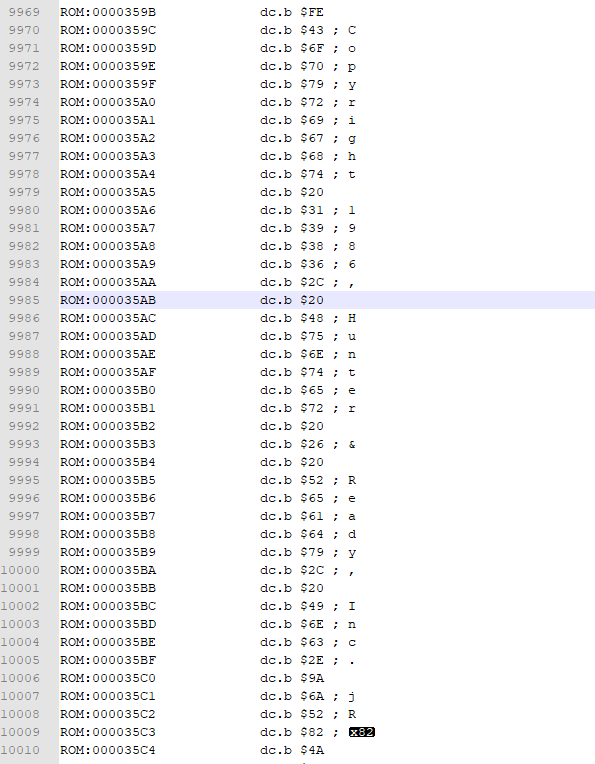At this point, I am committed, I wasn't going to let the 4000 go out in the night without any fanfare. I had to awaken the old beast and get this machine working again. I had a conversation with one of the original graphics designers of the 4000, Mike Searce.
He explained how things were done from his end, and that the graphics card was codenamed: "Sgt Pepper" Which i love things like this. its like archeology to me.
I wanted to start at the head of the snake first. The graphics card. because if I couldn't figure out the graphics card on a graphics machine, this whole project would be dead before it started. (btw, there are still mysteries to this day). This card was intimidating to look at, at first due to the multiple PALs, and the 3 FPGAs obfuscating tons of the logic, so I knew I was in for a major time with this.
First thing I needed to do is figure out what the bus standard was. I started chasing out the CPU card first to the eurodin slot to see if it matched up with anything out there. Turns out, the Data and Address lines as well as a few other lines matches up with VME Bus! I also had some help from a wonderful person who was a second set of eyes and confirmed it could be VMEBus.
However, as we will see later, Nortel/AMI did not use the VME standard as-is. they kept alot of it the same, but they changed how the interrupt lines are handled to free up pins for other voltages, plus a handful of other things. Moral of the story: Don't go plugging in standard VME devices into the backplane! bad things will happen. But its a major leap forward to figuring it out at least.
I then decided to start checking out the ROM. Well, the ROM wasn't making a whole lot of sense because I did not know the board's address map where everything is. On top of this, before this point, I only knew the 68K hardware and bus cycles. I knew NOTHING about the assembly language of the 68K at this point!

One thing that did stand out to me was this:

 techknight
techknight
Discussions
Become a Hackaday.io Member
Create an account to leave a comment. Already have an account? Log In.